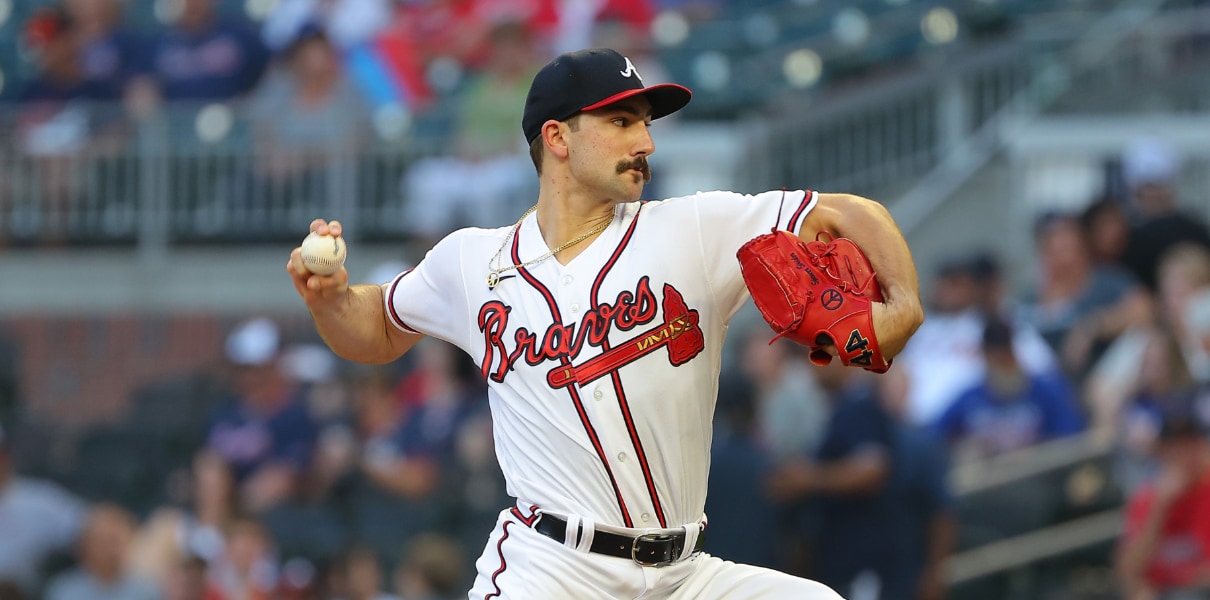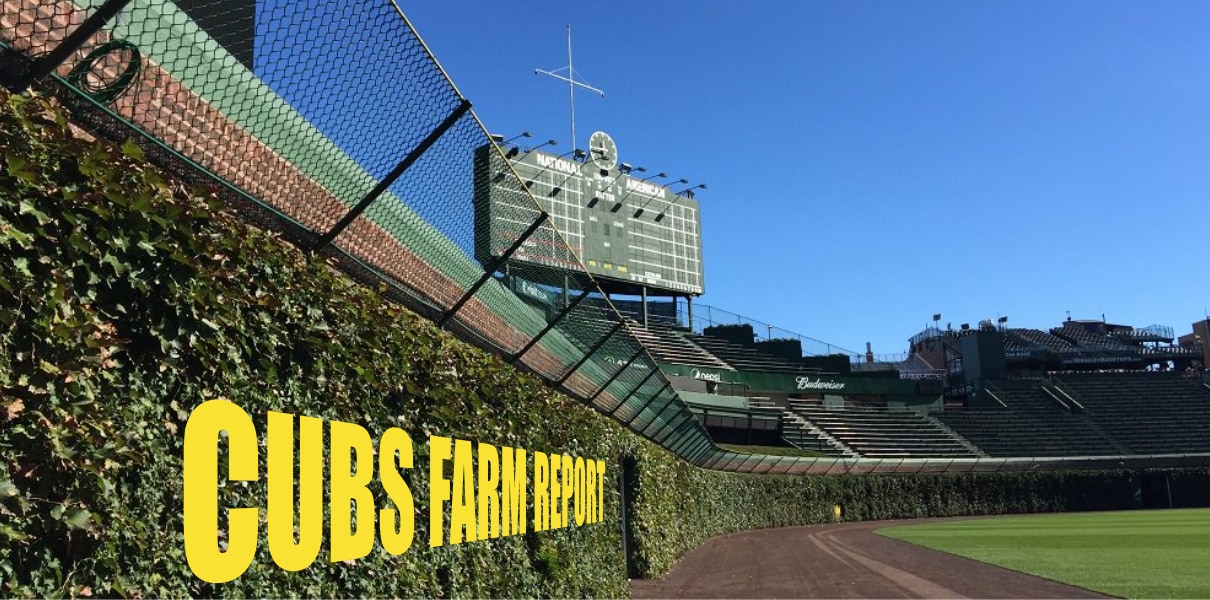One of the less-contentious changes to come from last season’s renegotiated Collective Bargaining Agreement was the creation of the 10-day disabled list (down from a minimum 15-day stay).
Here’s what we had to say about the change at the time:
Per the AP, one of the rule changes coming in the new Collective Bargaining Agreement is the shrinking of the 15 days minimum stay on the disabled list to just 10 days.
The immediate implications of this change aren’t too difficult to discern, though I’ll be fascinated to see how teams try to game the new system, as unintended consequences pop up (they always do).
The rule change is good news for the players, who may now be less inclined to play through a minor injury, knowing that a trip to the DL costs the team 33% fewer games now.
For teams, similarly, they will probably be much more inclined to utilize the disabled list for minor bumps and bruises instead of playing shorthanded for five or six days.
Put differently, we basically expected to see a whole lot more trips to the disabled list, in general, last season, because the minimum time lost was so much less than it was – and it would hardly affect starting pitchers, if used correctly, given that they only play once every five days anyway.
So … is that we saw? Yup.
According, Travis Sawchik’s data at FanGraphs, there were 533 trips to the disabled list last season (up from 478 in 2016 and 393 in 2010), and while the 30,913 total days logged on the DL were slightly less than 2016 (31,229), both were the first time MLB eclipsed the 30K mark – check out more league-wide DL data and analysis from Sawchik at FanGraphs.
And surely the Cubs, a team that loves to gain every possible competitive edge, also saw a general uptick in “injuries” compared to 2015-2016, right? NOPE.

In fact, according to the graph in Sawchik’s post, the Cubs used fewer DL trips in 2017 than any other team in baseball.
Most DL Trips:
- Dodgers
- Blue Jays
- Mets
- Rangers
- Red Sox
Fewest DL Trips:
- Cubs
- Tigers
- Twins
- Orioles
- Diamondbacks
In fact, with the exception of the Reds (7th most), the rest of the NL Central was pretty darn healthy in 2017: Cardinals (22nd), Brewers (24th), Pirates (25th).
But the Cubs were on the top of the board and at a pretty distinct level lower than the rest of the field. That’s both notable and possibly not entirely a happy accident.
While it’s pretty difficult to say for sure, without knowing the particulars, the Cubs training staff probably deserves a fair bit of credit for the relative health of the roster. Ditto the front office and scouting staff who’ve clearly prioritized players (especially pitchers) with a fair bit of longevity. Ditto the manager and coaching staff for deploying players how they did. And, of course, there’s at least some component of luck involved with all of this, but, to be fair, we’ve been saying that for the last three years.
While discussing this post with Brett, he also pointed out that the Cubs might’ve simply been less willing to use the disabled list for roster purposes. Perhaps the general lack of quality depth at the Triple-A level – relative to other clubs – eased the need to play the sort of roster/DL games usually played when you want to get someone up from Triple-A right away. All of that goes double for the pitching side of things, where, for example, we saw the Dodgers use the disabled list to run a virtual six-man rotation without actually requiring an extra roster spot.
All else equal, if the Cubs were forced (or chose) to use the disabled list less than any other team in baseball again this season, you’d have to be thrilled about. Fewer guys on the DL means fewer injuries, and fewer injuries mean more of the best on the field for longer.
Luck will always play a role, but maybe the Cubs have cracked one of the longest sought, and most difficult to acquire competitive advantages: just stay healthy.
































